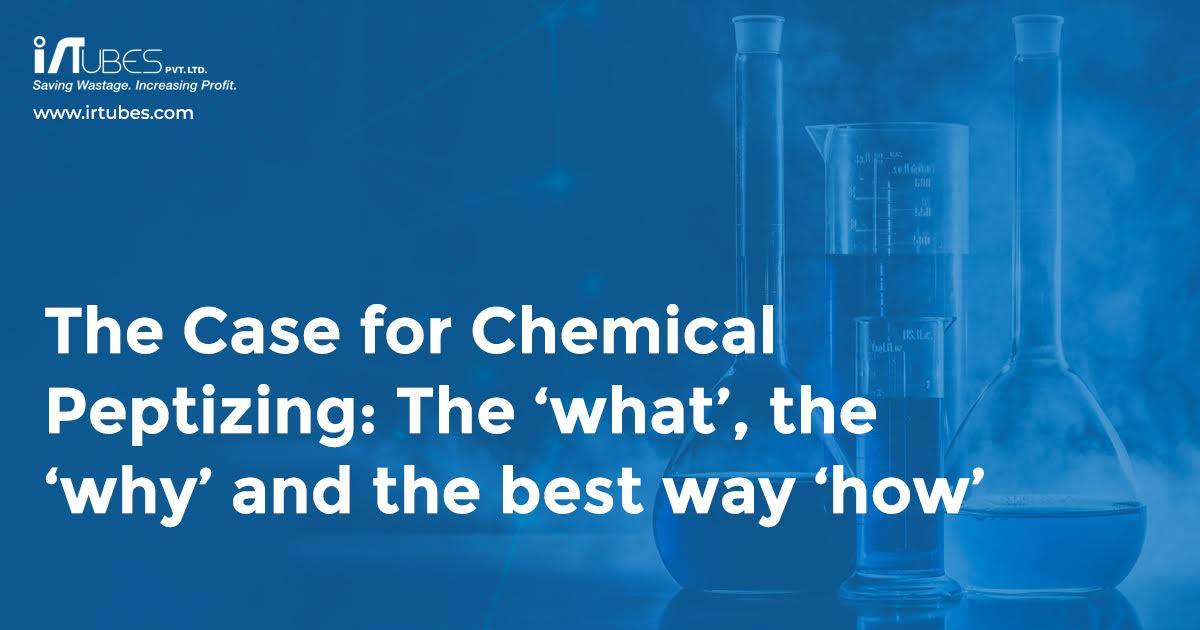
Introduction
Elastomers are long chain polymers that have a high degree of polymerization, high molecular weight and some degree of branching.
All synthetic rubber is produced to a controlled degree of polymerization. As in they have a specified molecular weight range, have a targeted Mooney viscosity and the molecular weight distribution is controlled.
Hence processing behavior of these synthetic rubber is very much predictable.
Natural Rubber (NR) that is the highest consumed elastomer and has extensive application in many engineered products e.g. tyres, conveyor belting, molded and extruded products.
NR has very high content of cis 1,4 Polyisoprene in structure with very high crystallizing tendency. (Except Gutta -Percha, which has Trans -1,4 Polyisoprene).
Long term storage at ambient or lower temperature promotes crystallization resulting in increase in nerve /stiffness/rubbery characteristic of raw rubber thus making it difficult to process.
In order enhance the processability (mixing & processing ease) the nerve of the rubber needs to be reduced in controlled manner.
Most common method to enhance the processability is peptization (breakdown)
This process can be achieved by
- Mechanical – By application of shear force
- Thermal – Processing at Higher temperature
- Chemical -Use of chemical peptizer/Processing aids
Why opt for Chemical Mastication over Mechanical Mastication
In recent years, there has been a rapid interest in development of smart materials for use in the Rubber Industry. The application of rubber goods is wide, and each application requires different technological abilities. The properties of elastomer composites are strongly dependent on the characteristics of the polymer matrix. The advantage of developing such type of materials is that their properties can be modified for requirements of specific application. For example, with elasticity and mouldability, they are suitable for devices where these two characteristics are important parameters. Rubber magnets can absorb shock and sound, so they can be applied in dc motors, mobility parts, tyres etc. The quality of rubber blends quite largely depends on the ability of filler or fillers to be well dispersed in the rubber matrix.
Distributive mixing and Dispersion Mixing
There are two essential elements of mixing process: the distributive and the dispersion mixing. The distributive mixing ensures the homogenous concentration of ingredients in all rubber volume. The dispersion mixing ensures the dispersion of filler into primary particles or aggregates. The quality of rubber blends, mainly physical properties, depends also on the quality of phases interface, stress on interface, and chemical or physical compatibility of components on interface.
Moreover, the size of the dispersed phase domains is also very important. In general, the smaller the filler particles are, the better properties of final rubber blends are possible to observe. Thus, if we want to achieve suitable mechanical properties of rubber materials, it is very important to ensure good homogeneity of the mixture and the best possible dispersion of ingredients
To achieve a good dispersion of fillers and a perfect plasticity for further processing, the mastication of polymer chains of natural rubber and styrene-butadiene rubber is necessary. Natural rubber without treatment can be extremely tough. If a particularly low viscosity needs to be achieved, even synthetic rubbers, e.g. SBR, sometimes need to be pre-masticated. Defined viscosities of polymer blends are of advantage to produce a homogeneous compound. Controlled adjustment of viscosities by mastication provides technical and economic advantages.
Mechanical and thermal mastication have lost importance for economic reasons and have been replaced by chemical mastication.
For example, peptizers are used in the mastication of natural rubber to optimize its processing. This rubber additive ensures quality in the manufacture of Rubber Goods where there is little or no rejection. It requires specialty chemicals to achieve a good dispersion of fillers and perfect plasticity. Natural rubber without treatment is extremely tough. In this case, peptizes are used in the mastication of natural rubber to optimize processing.
In contrast to the mechanical mastication of rubber, chemical peptizers shorten the mastication time and lower the energy consumption, with the result that productivity in compounding improves.

Chemical Mastication
The use of peptizers, which is a rubber additive, accelerates the mastication over a broad temperature range. For e.g., when using Dispergum 36 has very good mastication potential even at 60 degrees Centigrade
Centigrade and more importantly does not contain substances which require hazard labelling for example DBD (Dibenzoylamidodiphenyldisulfid) and PCTP (Pentachlorthiophenol).
Dispergum 36 is an active peptizer & process aid – which is highly effective in enhancing processability of NR & NR & another diene containing elastomer e.g. SBR/BR
When used at optimum dosage ranging from 0.15 to 0.5 PHR along with some mechanical shear & temperature – can give exceptional benefits in conversion cost – time- energy input – processability improvements.

Find below herewith some of data generated from actual processing trial presented in the form of graphs for easy understanding
Mastication Effect of Dispergum 36
Natural rubber on an Open Mill
Both the figures shown below show the mastication efforts depending on Temperature and Time taken. Both the figures shown below show the mastication effect at 80 Deg C with respect to time.

Figure 1
However, chemical mastication dominates at 120 degrees Centigrade as can be seen in Figure 2.

Figure 2
Mastication of Natural Rubber in an Internal Mixer
In the figure below one can observe that with Dispergum 36 only 50% of the energy to obtain desired Mooney Viscosity.

Effectiveness in Other Diene Rubber
SBR on an Open Mill
All Synthetic Diene Rubbers are produced at standard of viscosity which is pre-established by the producer.
With the use of Dispergum 36 one can adjust viscosities.

Figure 3
Influence of Antioxidants and Sulphur
Sulphur and antioxidants show inhibitive influences regarding the peptizing behavior. It is therefore, important that the addition of both has to be done at the end of the compounding cycle.

Summary
Dispergum 36, a rubber additive, provides an easy mastication of natural rubber or synthetic diene rubbers on an open mill as well as in an internal mixer. The combination of metal-complex-catalysts and dispersion additives enables the adjustment of the required Mooney viscosity and helps to save energy and to protect the environment. The tested compounds showed no negative effects on ageing and physical properties. Dispergum 36 also needs no hazard labelling. Further Dispergum 36 does not affect ageing and physical properties. As a rubber additive it is one of the most environmentally friendly and is REACH compliant.
In summary the key benefits of using Dispergum 36 are:
Reduction in Viscosity in much shorter time & with much lesser mechanical shear input.
Which has significant impact on Conversion cost
- Reduced Processing Time
- Reduced Energy consumed per Kg of Compound Mixed. (Kw/Kg)
- Reduced Cooling required per Kg of Compound Mixed. (Ton/Kg)
- Reduced energy input required during processing per Kg of compound (Kw/Kg)
I R Tubes Private Ltd are suppliers of rubber additives like Dispergum 36, a product of D. O. G.
Raju Jethmalani
IRTubes Pvt. Ltd., Pune
Share on:
